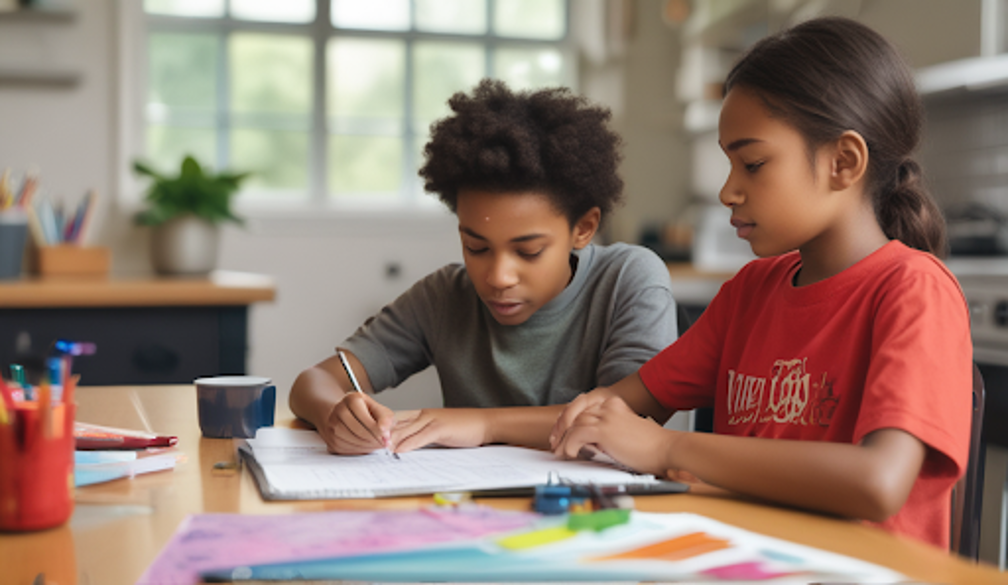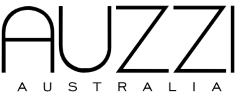10 Key Steps for Parents Navigating Primary School Enrolment in Victoria

Key Highlights
- Navigating primary school enrolment in Victoria involves understanding the enrolment criteria and placement policies.
- Researching neighborhood schools and finding your local school is essential for securing appropriate options for your child.
- Attending open days helps parents make informed choices about nearby government schools.
- Preparing documentation, such as health information and proof of residential address, is crucial for submission.
- Submit the enrolment form and await confirmation before moving on to preparation steps for interviews, uniforms, and supplies.
Introduction
Enrolment for primary school can be a lot to handle, but knowing how it works is important. In Victoria, getting a spot in the first year of primary school needs some planning, paperwork, and meeting certain requirements. Whether you are applying to your local Victorian government school or looking at other options, you can make the steps easier, like researching and getting ready for interviews, by following good strategies. This blog offers helpful advice for Aussie parents in Victoria on how to navigate primary school enrolment.
10 Essential Steps for Primary School Enrolment in Victoria
To ensure a good start at school, it's important to understand the enrolment process. In Victoria, parents must follow clear steps for primary school enrolment in Victoria. This begins with researching schools and getting their child ready for changes. By staying organised and following placement rules, you can find the best placement for your child. This guide shows ten important steps. These steps include checking your child’s eligibility, handling school interviews, and responding to offers.
Let’s look closely at each step to make sure the enrolment goes well and that your child is ready for the first year of primary school.
Step 1: Understand the Enrolment Criteria
Knowing the enrolment criteria is crucial to secure a spot for your child in a Victorian primary school. Schools mainly focus on children living in their local zones, as stated in government placement policies. Your residential address is very important. Schools check to confirm the child's permanent address where they spend most weekdays.
The placement policy has specific priority rules. These include siblings who already go to the school or serious circumstances that need special attention. Out-of-zone applications may get rejected if there are not enough spaces available to enrol. It might help to contact a community liaison officer for guidance in special cases.
Understanding these placement policies helps ensure your enrolment application follows the rules. By knowing how important the residential address check and priority criteria are, parents can avoid problems. This way, they can confidently move on to the next steps of enrolment.
Step 2: Research Local Schools
Finding the right school starts with discovering your local neighborhood school. You can do this using the "Find My School" website to find my school website. This site shows all the nearby government schools and their areas. When you know your closest local school, it helps parents understand their choices and find information about enrolment dates.
It’s also important to contact the schools directly. Many Victorian schools encourage questions and offer tours. This helps parents see the school's facilities and teaching styles. Talking to the staff can reveal if there is space available for students from outside the zone, if needed.
Visiting schools is a good way to find the right place for your child. It gives parents a better understanding of what the community offers. Gathering all the needed information early helps parents make smart choices for their child's education.
Step 3: Attend School Open Days
Open days are a great way to check out potential schools and meet staff members, like community liaison officers. These events allow families to understand the culture and values of different schools. By going to open days, parents can see how nearby government schools work.
During the tours, parents can look at classrooms, meet teachers, and ask about the curriculum. This helps parents figure out if a school meets their child’s learning needs. It’s a good idea to take notes on what’s special about each school for later use when making decisions.
Whether you prefer large schools or smaller ones, open days provide helpful insights. Taking part in these events helps you feel more confident when picking the best school for your child’s first year. Be ready to narrow down your choices before applying.
Step 4: Prepare Necessary Documentation
Preparing paperwork well helps make the enrolment process easier for government schools in Victoria. Parents need to provide:
- Proof of identity and date of birth (like a birth certificate or passport). Additionally, ensure that all documentation is compliant with guidelines, possibly referring to the Standard Application Written Agreement (PDF, 298.26 KB).
- Immunisation History Statement.
- Documents to show their residential address for placement policy checks.
Sometimes, other documents may also be needed, such as health information, emergency contact details, or legal welfare orders. It's important to make sure that all forms are correct and filled out completely for quick processing.
For first-time applicants, downloading the enrolment pack or talking to the school can help prevent mistakes about what documents are required. Checking the requirements allows parents to avoid delays caused by missing or incorrect paperwork and ensure they follow all enrolment procedures properly.
Step 5: Submit the Enrolment Application
Submitting the application form is an important step in enrolling officially. To get the enrolment form or a copy of the form, contact your chosen government primary school. They may have it in PDF format or online.
Make sure to double-check your completed forms. All information should match your supporting documents, including your address. Schools carefully review everything to confirm what parents submit before deciding who can enroll based on their policies.
Submit your application on time. It is best to do this well before the deadlines. This gives schools enough time to look over your application. Late submissions will still be handled, but applying on time reduces the risk of missing out, especially at popular schools.
Step 6: Await Confirmation from the School
After you send in your enrolment application form, schools will update you on the outcome of your application and what happens next. Parents may get either an offer or a rejection. This depends on specific rules like zoning and capacity limits.
While you wait, make sure to keep all communication easy to find. Prepare for the next steps that are mentioned in the letters. If you face a rejection, you might need to learn about the appeals process for other options. You can usually ask for detailed feedback.
When you receive the official confirmation, it often comes with details about orientation schedules or interview expectations. Keeping a well-organised checklist can help parents save time to prepare for their child.
Step 7: Prepare for School Interview
School interviews focus on checking if your child is ready for secondary school and help figure out the best fit for their placement. Being prepared shows you care about making their transition to school easier. Talk openly about any worries or expectations you have by following the advice in the school’s enrolment information pack.
Make sure to bring all the enrolment forms and required documents. This helps you avoid feeling unprepared. Getting to know what schools look for during interviews, such as social skills and enthusiasm, can help reduce the nerves that come with first-time enrolments.
Preparing thoughtfully for these interviews can clear up any doubts. It also helps build strong relationships for your child’s academic success with their teachers.
Step 8: Respond to School's Offer
When you get an enrolment offer from the primary school, it's important to check the details carefully. You should accept it quickly, especially since some government schools have limited places and follow a priority order of placement based on different factors. To respond, fill out the enrolment form and send any required health information. Make sure to look for deadlines and follow the steps in the enrolment information pack. Responding on time can help secure your child's spot at the school.
Step 9: Organise School Uniforms and Supplies
A ready child is more likely to do well in their first year of primary school. Start by getting the needed school uniforms. Make sure they follow the rules given by your local government school. You can often find uniforms through the school's office or nearby stores. Next, make a list of important school supplies. This should include things like stationery and any special items from the enrolment information pack. Taking these steps can help your child feel more comfortable and confident as they enter a new school environment.
Step 10: Prepare Your Child for the Transition
Preparing a child for starting primary school is more than just getting supplies. Talking with them about what to expect can help them feel ready. You can introduce ideas like sharing, teamwork, and daily routines to reduce any worries they might have. It’s a good idea to visit the neighbourhood school and meet the teachers, if you can. Using play-based learning can also make this time fun. This way, they will begin their first year of primary school with confidence and excitement.
Conclusion
Successfully enrolling your child in primary school in Victoria for the first time needs careful planning and attention to detail. Each step matters, from filling out the enrolment forms to accepting offers. This can help secure a spot for your child in a local government school. Going through this process makes the transition into the first year of primary school easier. It also helps you connect with your community. With the right information and resources, this journey can be rewarding and fulfilling for your family.
Frequently Asked Questions
What is the best time to apply for primary school in Victoria?
The best time to apply for primary school in Victoria is usually during the enrolment period. This period starts in April and goes until May, with the application deadline typically around July. Parents should make sure all their documents are ready by then. This helps to secure their child's place in school.
Can I enrol my child in a school outside my local area?
You can enroll your child in a school outside your local area. However, this depends on the school’s rules and space availability. You usually need to apply directly to the school. You may need to give good reasons for your choice.
What should I do if my child has special educational needs?
If your child needs special educational help, talk to the school about what support services they offer, including the option of enrolling at a government specialist school. Work with the teachers to make an Individual Education Plan (IEP) that fits your child's needs. This will help make sure they have everything they need to succeed when starting primary school.

